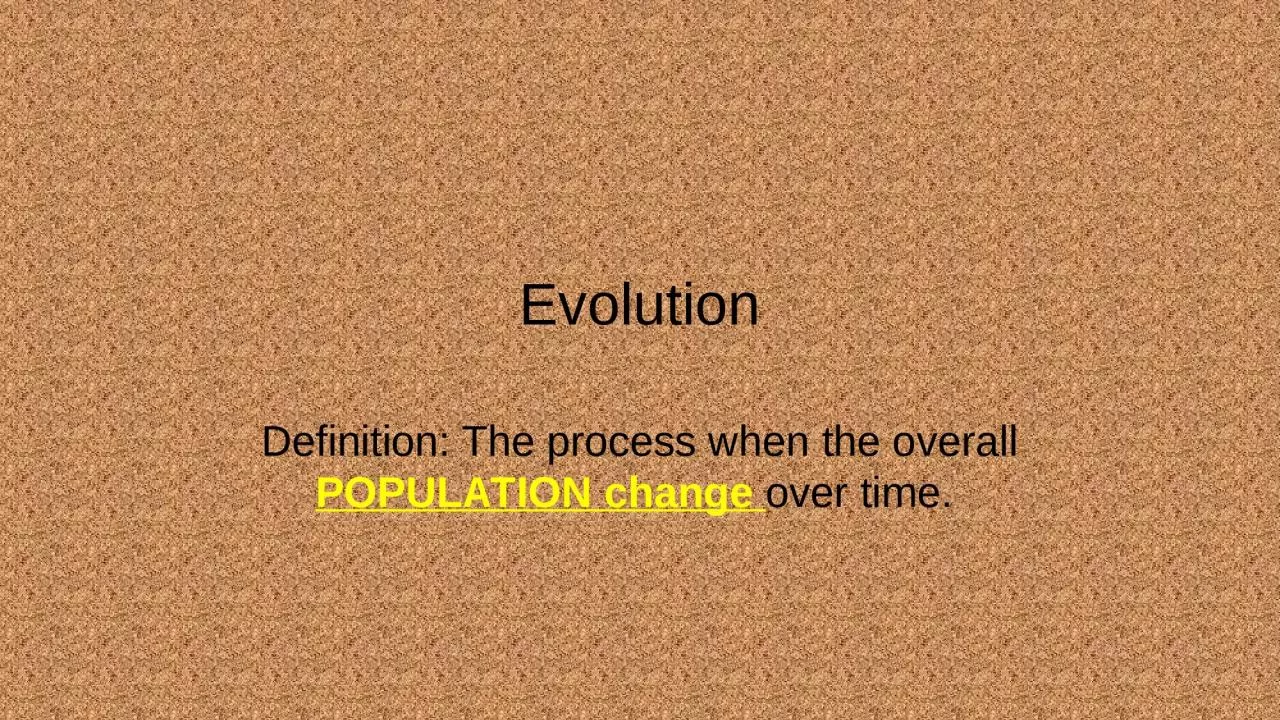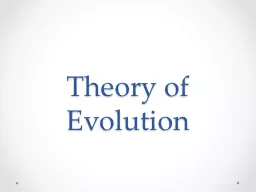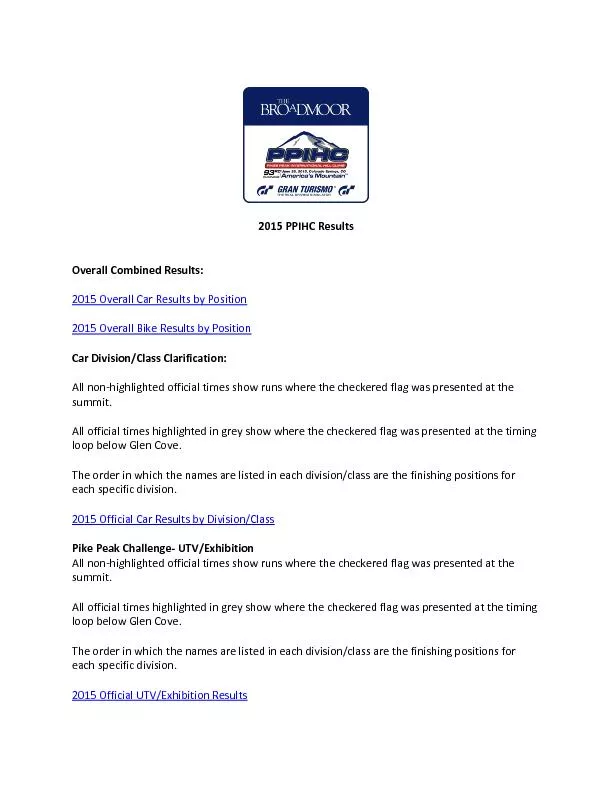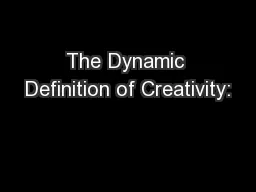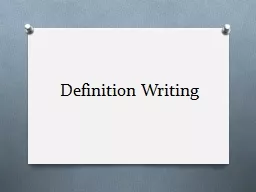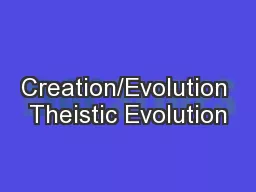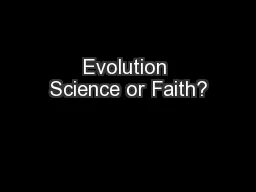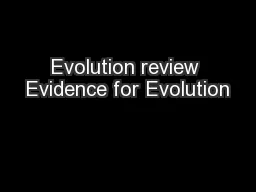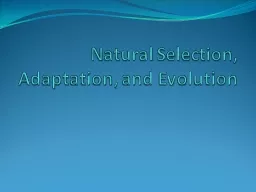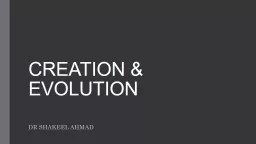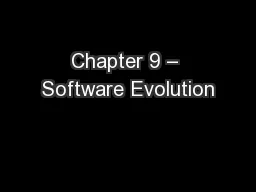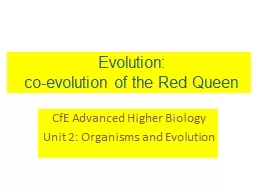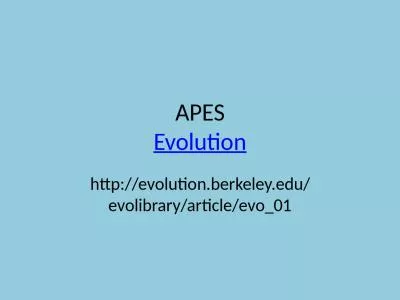PPT-Evolution Definition: The process when the overall
Author : harmony | Published Date : 2024-03-13
POPULATION change over time Natural Selection Definition The process whereby organisms better adapted to their environment tend to survive and produce more offspring
Presentation Embed Code
Download Presentation
Download Presentation The PPT/PDF document "Evolution Definition: The process when t..." is the property of its rightful owner. Permission is granted to download and print the materials on this website for personal, non-commercial use only, and to display it on your personal computer provided you do not modify the materials and that you retain all copyright notices contained in the materials. By downloading content from our website, you accept the terms of this agreement.
Evolution Definition: The process when the overall: Transcript
Download Rules Of Document
"Evolution Definition: The process when the overall"The content belongs to its owner. You may download and print it for personal use, without modification, and keep all copyright notices. By downloading, you agree to these terms.
Related Documents

